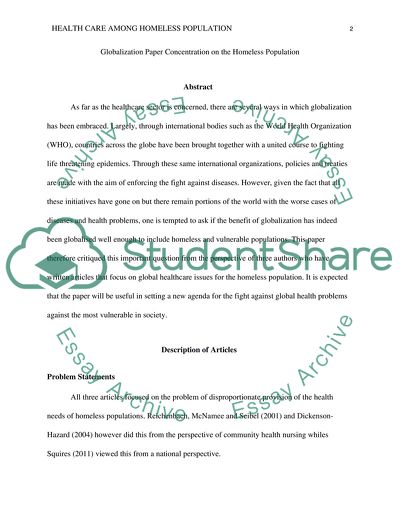Cite this document
(Globalizaton Paper concentration on the homeless population Research, n.d.)
Globalizaton Paper concentration on the homeless population Research. https://studentshare.org/medical-science/1844623-global-healthcare-issues-for-the-homeless-population
Globalizaton Paper concentration on the homeless population Research. https://studentshare.org/medical-science/1844623-global-healthcare-issues-for-the-homeless-population
(Globalizaton Paper Concentration on the Homeless Population Research)
Globalizaton Paper Concentration on the Homeless Population Research. https://studentshare.org/medical-science/1844623-global-healthcare-issues-for-the-homeless-population.
Globalizaton Paper Concentration on the Homeless Population Research. https://studentshare.org/medical-science/1844623-global-healthcare-issues-for-the-homeless-population.
“Globalizaton Paper Concentration on the Homeless Population Research”. https://studentshare.org/medical-science/1844623-global-healthcare-issues-for-the-homeless-population.


